Pictures Of Life's Beginnings Until Birth - Pictorial Atlas
Landrum B. Shettles M.D, Ph.D.
Lana B. Shettles-Callahan, BFA
* Photos by Landrum B. Shettles M.D, PhD. Copyrighted Material.*
"The impetus for this pictorial presentation of life’s beginnings is to give those who are to be born the best possible beginning in life. It is our hope that the prospective mother will wish to know all she can know about this microscopic spec of protoplasm with growth and development for the nine months of life.
If we could point to a single point in this presentation, it would be simply that life on this planet has survived in its various forms until today. Most people have inherited the ability to pass that life along to another individual. But every such individual is a chance composite of two direct lines of inheritance and is human, every way unique and different from all other individuals.
Since each child inherits a heritage from the past and is a link with the future, this privilege of life is to be cherished, guarded and nourished with all the modern resources and knowledge available. In such a manner, life on this earth can be improved."
- Landrum B. Shettles M.D, PhD.
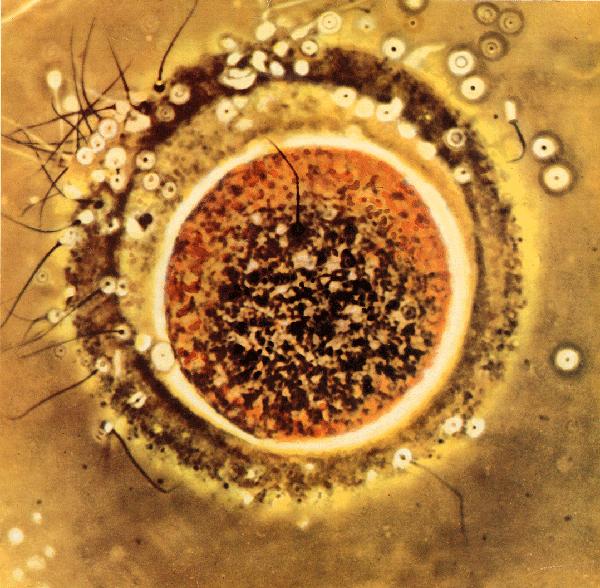
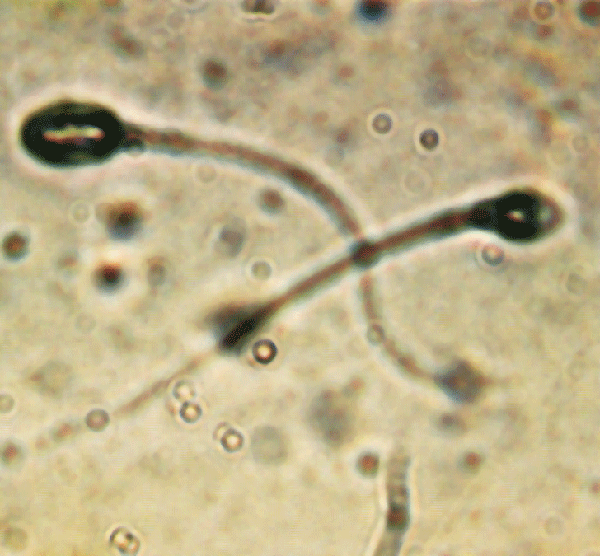
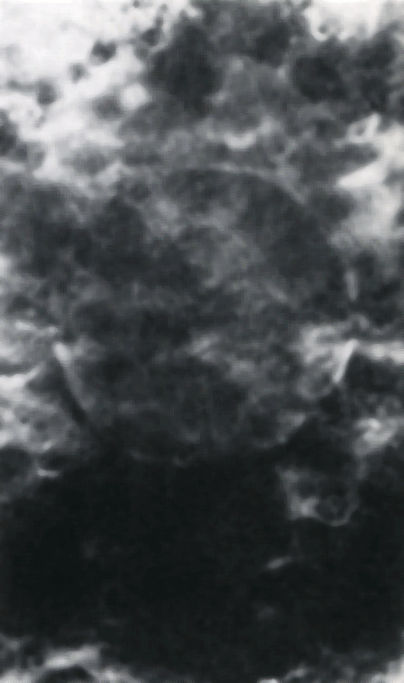
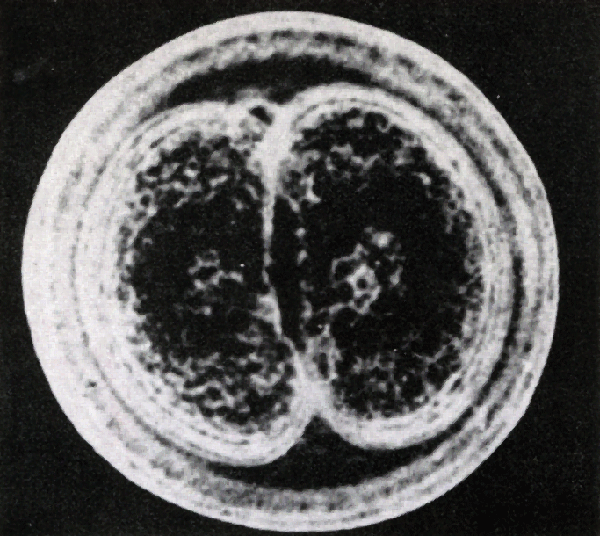
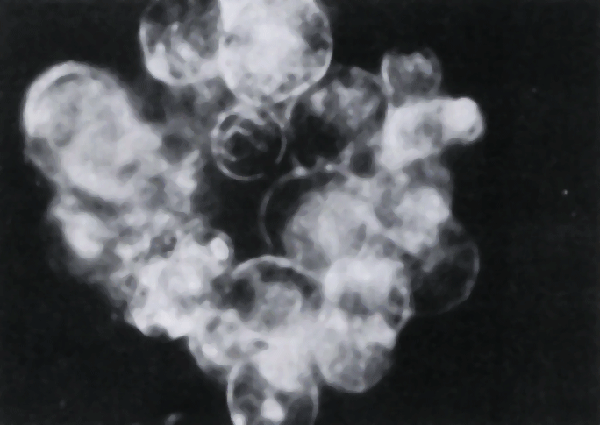
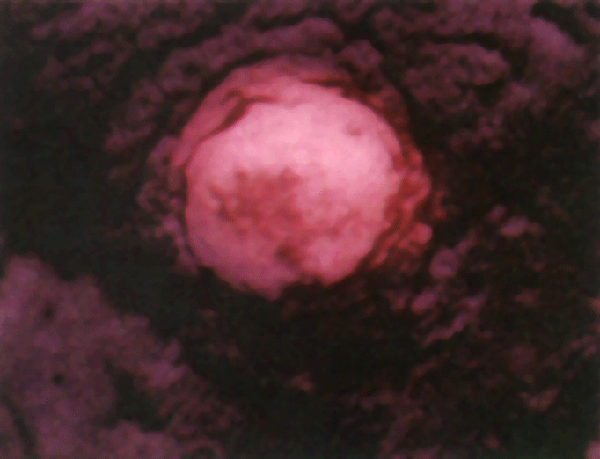
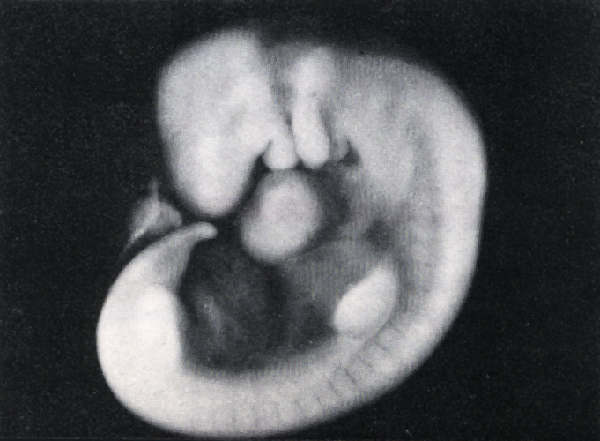
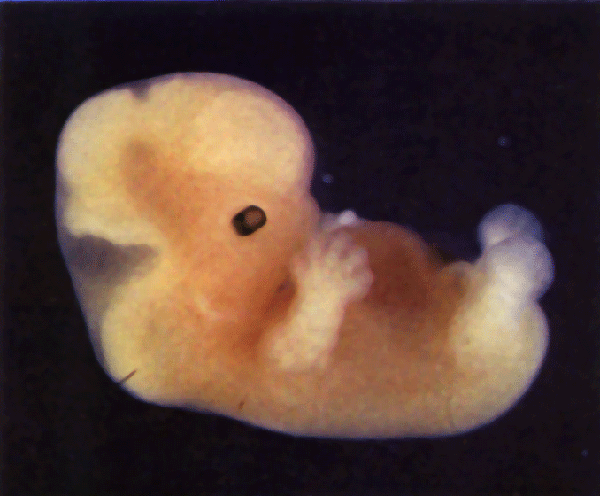
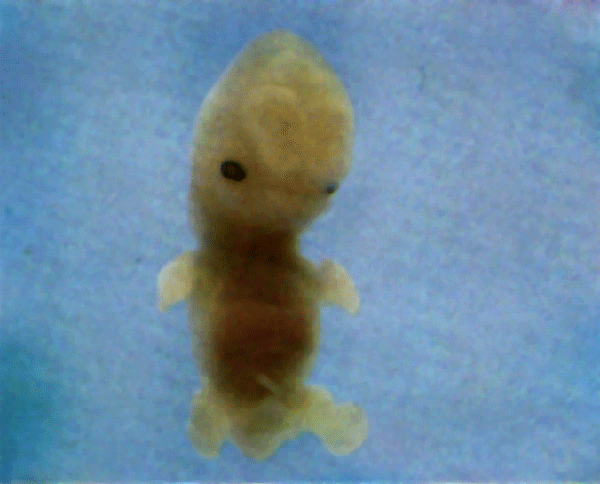
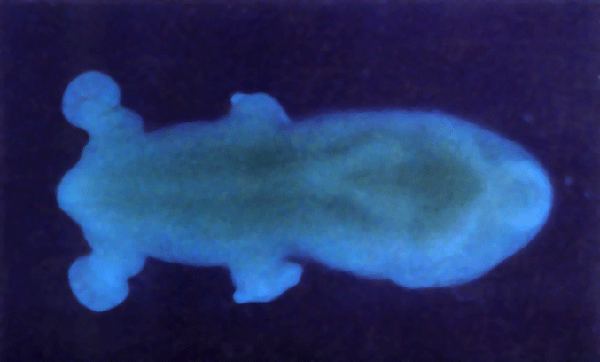
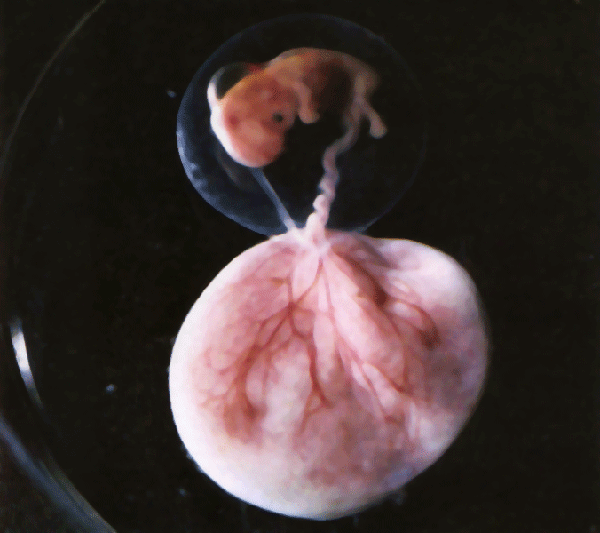
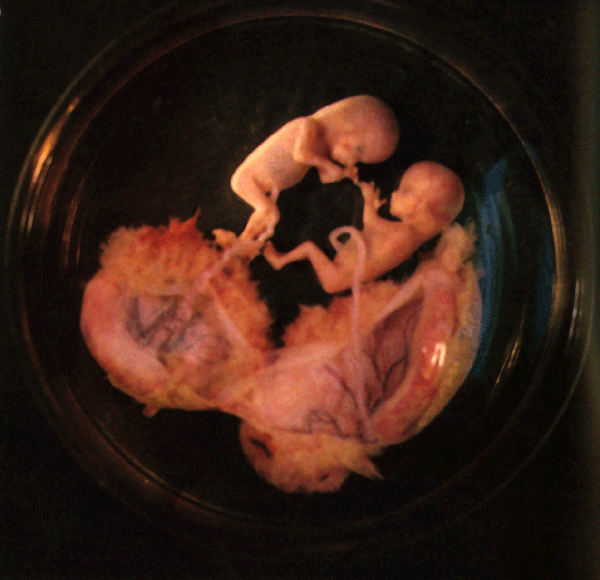
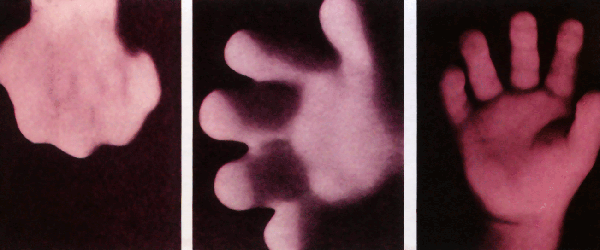
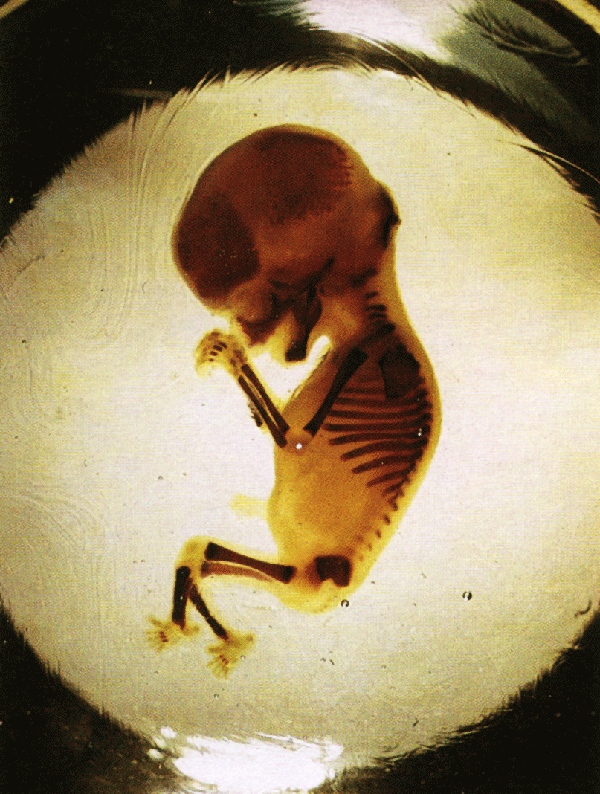
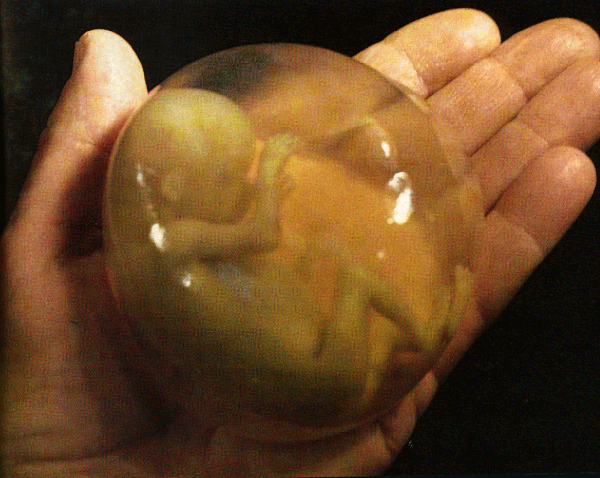
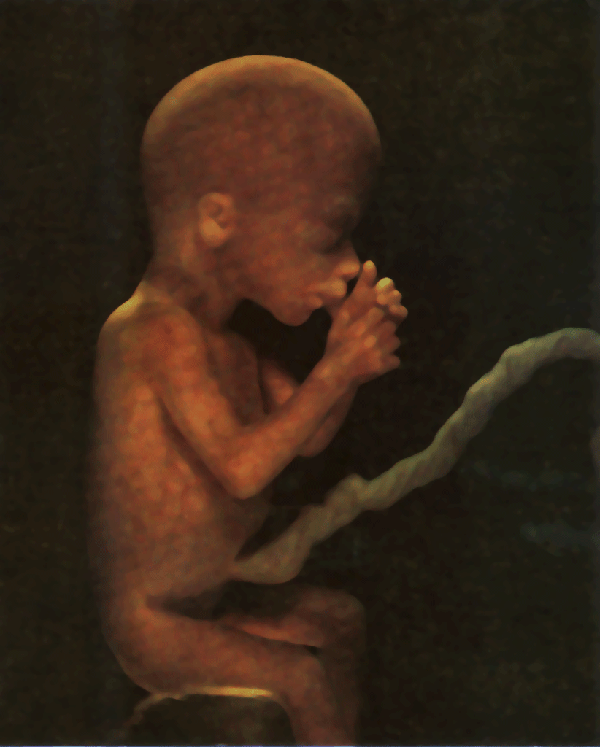
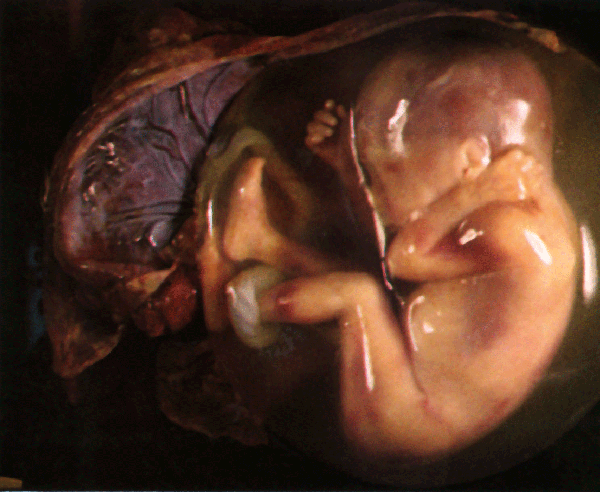
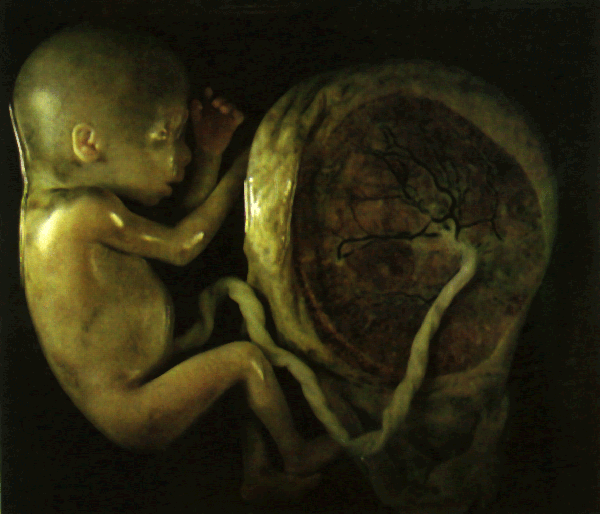
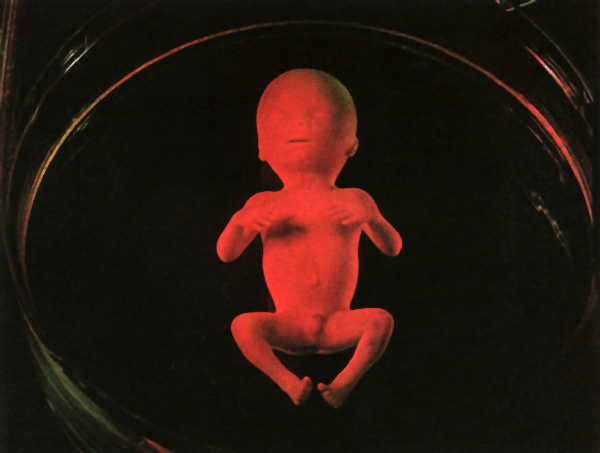
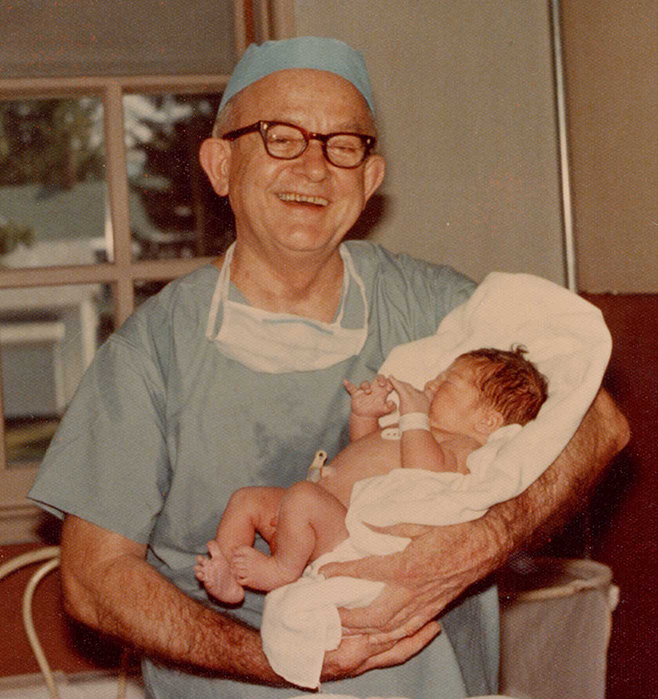
Landrum quotes Santiago Raymon y Cajal who once said:
“To be right before the right time is heresy, sometimes to be paid for by martyrdom.”